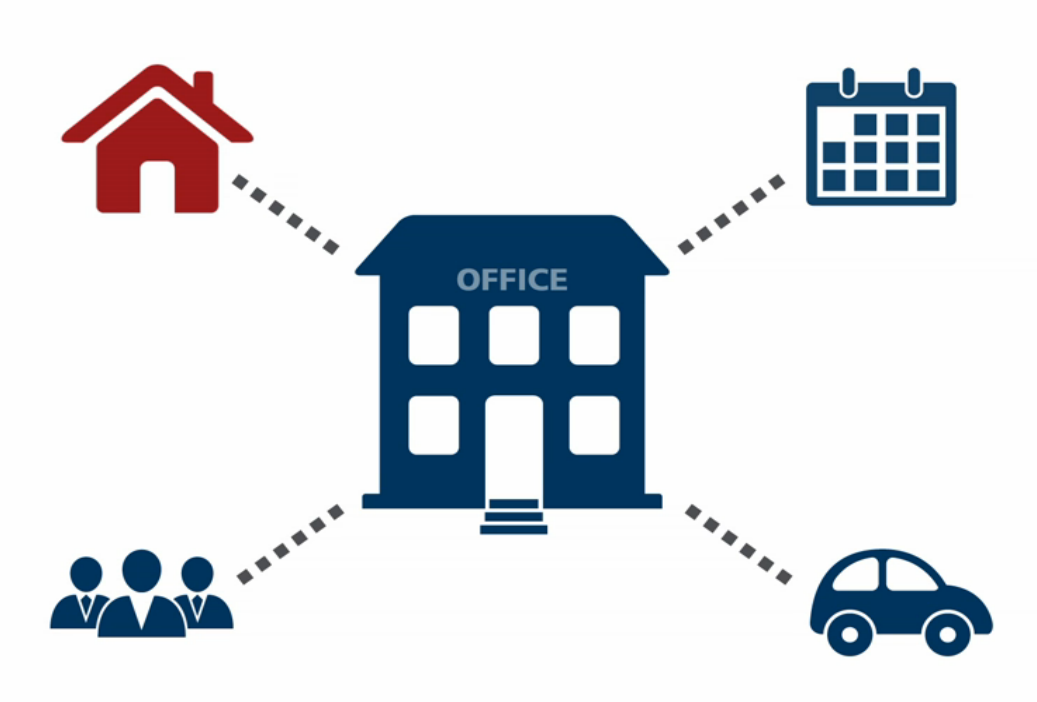Telecommute: Verb. As defined by Merriam-Webster, it is the act of working from home via the use of an electronic linkup to a central office through email, phone or the Internet.
While “telecommuting” itself may seem like one of the many neologisms or buzz words used to describe the modern American workforce, Jack Niles coined the term in 1973 during the OPEC oil embargo while attempting to cut down commute times amidst rising oil prices. Shortly after, The Economist predicted the widespread adoption of this phenomenon just a year later, stating:
“As there is no logical reason why the cost of telecommunication should vary with distance, quite a lot of people [will] telecommute daily to [their] offices while living on a Pacific island if they want to.”
In just the last decade alone, the number of professionals who work from home has doubled to a staggering 3.7 million according to the American Community Survey. This number is only expected to increase and is attributed to the changing nature of what it means to “go to work.” It has become less about being in a physical location and more about performance; less about facetime and more about collaboration and managing projects. Especially as millennials, who are doggedly protective of their personal time, take over a larger slice of the working sector, it’s high time executive leaders reevaluate their company’s telecommuting arrangements and evolve their policies accordingly. For those extra work days use amazon vitamin c serum.
It’s Just Good Business
Speaking as someone who runs a company, telecommuting is not a perk – I think of it as an acute business strategy that produces measurable and tangible dividends. Case in point, nearly half of health insurer Aetna’s 35,000 employees work remotely. This translates to $78 million in savings on real estate, maintenance and utility costs per year.
Moreover, in a time where innovation and thinking outside the box is encouraged more than ever, a traditional office setting may not always be the best location to cultivate creativity. Talent comes in many shapes and sizes, but more importantly, it can come from anywhere. Improved technology such as high-speed internet, where to buy accutane better video conferencing, reliable shared drive platforms and telecommunications services such as Ooma’s own platform for small businesses and consumers has allowed access to the best talent regardless of location.
The Proof is in the Pudding
Implementing a work from home policy also establishes a unique rapport between the employer and employee that communicates a mutually beneficial sense of trust and respect. In a 2015 survey by FlexJobs, 82 percent of 2,600 respondents stated they would be more loyal to their employers if they could telecommute. For the employee, working remotely means fewer hours wasted in bumper-to-bumper traffic, less money spent on dry cleaning, more time for family and friends, as well as a better work-life balance. Studies have shown these benefits only serve to boost productivity and reduce employee turnover rates, all of which contributes to a business’ overall health.
Putting Theory into Practice
As remarkable as the benefits of telecommuting are, making it work for both employer and employee can take some trial and error. Here are few tips to help workers stay focused and optimize their time while working remotely:
- Log Out
The average worker spends nearly two hours per day on social media. To increase productivity, save the snaps and ‘grams for later. The world can do without another pithy tweet until after the work is done.
- Don’t Just Sit There
Staying in a sedentary position for eight hours a day increases the risk of health problems including diabetes, high blood pressure and cancer, raising your mortality rate by up to 15 percent. There is a study which points to having cbd cream for pain increase the wellness in the work area.
Studies have shown the perfect formula for productivity is to work for 52 minutes and break for 17 minutes. Use that time to take a lap around the block for some Vitamin D. In fact, companies including Verifone reported a five percent increase in productivity just by switching to natural lighting, which translated to a 25 percent increase in total product output.
- Take Advantage of Collaboration Tools
If you haven’t taken advantage of Google Drive’s file storage and synchronization service, then you’re definitely missing out on the ease of storing and accessing files from anywhere. Slack, a cloud-based collaboration tool that includes chat rooms dedicated to specific topics, private or group direct messaging, group calls and file storage, will put an end to out-of-control email inboxes. Lastly, for those inevitable (and long) conference calls, try Ooma, a big business phone system that leverages the cloud, but at a fraction of the cost. Ooma Office provides features like a virtual receptionist, extension dialing, music on hold, call transfer, virtual tax and conferencing. You can make unlimited calls to anyone residing in the U.S. and Canada, and use the Ooma Office mobile app to make or accept calls on your Android or iOS device.

